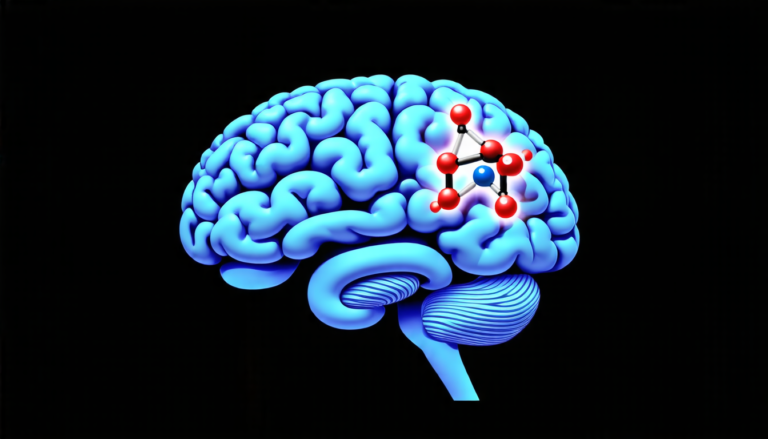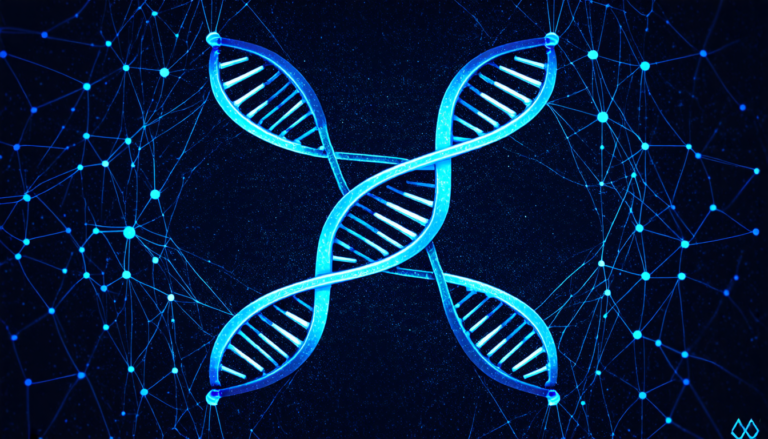Tuesday 08 April 2025
The quest for a better understanding of how our brains process visual information has led researchers to create an impressive dataset of synthetic images designed to mimic the natural scenes we encounter every day. This massive collection, known as NSD- Synthetic, offers a unique opportunity for scientists to develop more accurate models of human vision and improve artificial intelligence’s ability to recognize and interpret visual data.
The brain is capable of processing vast amounts of information from our surroundings, often in a matter of milliseconds. To achieve this feat, it relies on a complex network of neurons that work together to extract meaningful patterns from the visual stimuli we encounter. However, understanding how this process works has proven challenging, as our brains are incredibly adept at recognizing and interpreting even the most subtle cues.
To tackle this problem, researchers have created NSD-Synthetic, a dataset comprised of over 7,000 synthetic images designed to mimic the natural scenes we encounter every day. These images were generated using advanced algorithms that take into account various factors such as lighting conditions, object placement, and color palettes. The resulting dataset is remarkably realistic, with images that are often indistinguishable from those captured by real cameras.
The benefits of NSD-Synthetic extend beyond the realm of basic research. By developing more accurate models of human vision, scientists can improve artificial intelligence’s ability to recognize and interpret visual data, leading to advancements in applications such as self-driving cars, facial recognition technology, and medical imaging.
One of the most significant advantages of NSD-Synthetic is its ability to provide a controlled environment for testing and evaluating the performance of various machine learning algorithms. This allows researchers to fine-tune their models and develop more effective strategies for recognizing patterns in visual data.
In addition to its practical applications, NSD-Synthetic also offers insights into how our brains process visual information. By analyzing the brain’s response to these synthetic images, scientists can gain a better understanding of how we perceive and interpret the world around us.
The creation of NSD-Synthetic represents a significant step forward in the field of cognitive neuroscience, offering a powerful tool for researchers seeking to understand the complexities of human vision. As scientists continue to explore the capabilities of this dataset, we can expect to see significant advancements in our understanding of how our brains process visual information and how artificial intelligence can be improved to better recognize and interpret visual data.
Cite this article: “Unlocking the Secrets of Human Vision: A Groundbreaking Study Reveals the Neural Code for Natural Scene Recognition”, The Science Archive, 2025.
Visual Processing, Brain Function, Synthetic Images, Natural Scenes, Artificial Intelligence, Machine Learning, Cognitive Neuroscience, Human Vision, Visual Data, Pattern Recognition







